Data Security with Flex2SQL and BTR2SQL Connectivity Products
The most common reason for Enterprises looking to migrate from legacy Btrieve or DataFlex databases is the urgent need to address security and...
4 min read
 Chris Riley
:
Jan 22, 2019 12:17:00 PM
Chris Riley
:
Jan 22, 2019 12:17:00 PM
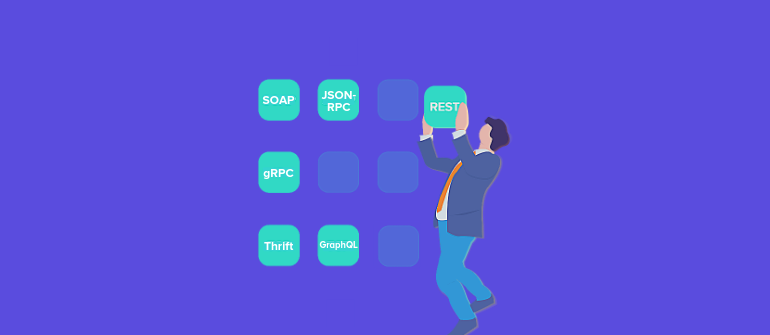
Once upon a time — specifically, in the early 2000s — there were only two real API protocols that most developers had to know about: SOAP and REST. In recent years, however, there has been a proliferation of new types of API protocols, such as RPC and GraphQL.
This means that if you develop an application (and especially if you develop an application that will be hosted in the cloud or will connect with cloud services in some way), you have to wrap your mind around the different API protocols currently available.
Toward that end, here’s a primer on the top six API protocols of today.
TL;DR: Here's a protocol comparison overview![]()
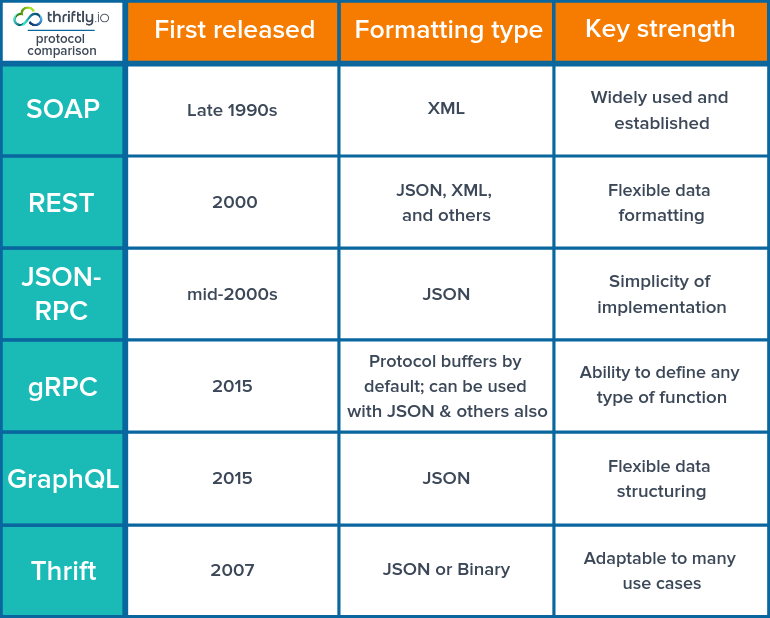
We’ll start with SOAP, the oldest web-focused API protocol that remains in widespread use. Introduced in the late 1990s, SOAP was one of the first protocols designed to allow different applications or services to share resources in a systematic way using network connections.
(I should note that, technically speaking, SOAP is an example of a Remote Procedural Call, or RPC. RPC is a broad category of approaches for allowing different computers to communicate with each other. It has existed since the 1970s, and extends far beyond web applications. That’s why I haven’t included RPC as a separate item on this list of “modern” API protocols. But know that if you want to dive deep into the history of SOAP and the concepts that make it possible, you have to start with RPC.)
SOAP stands for Simple Object Access Protocol. Some developers might take issue with the notion that SOAP is “simple,” because using a SOAP protocol requires a fair bit of work. You have to create XML documents to make calls, and the XML formatting that SOAP requires isn’t exactly intuitive. This not only makes call implementation difficult, but also makes problems hard to debug, because debugging requires parsing through long strings of complex data.
On the other hand, SOAP relies on standard protocols, especially HTTP and SMTP. That means that you can use SOAP in virtually every type of environment, because these protocols are available on all operating systems.
REST, short for Representational State Transfer, is an API protocol which was introduced in a 2000 dissertation by Roy Fielding, whose goal was to solve some of the shortcomings of SOAP.
Like SOAP, REST relies on a standard transport protocol, HTTP, to exchange information between different applications or services. However, REST is more flexible in that it supports a variety of data formats, rather than requiring XML. JSON, which is arguably easier to read and write than XML, is the format that many developers use for REST APIs. REST APIs can also offer better performance than SOAP because they can cache information.
According to a 2017 report by Cloud Elements, REST APIs accounted for 83 percent of all API types in that year (although the report did not study all API protocols).
While REST supports RPC data structures, it’s not the only API protocol in this category. If you like JSON, you may prefer instead to use JSON-RPC, a protocol introduced in the mid-2000s.
Compared to REST and SOAP, JSON-RPC is relatively narrow in scope. It supports a small set of commands, and does not offer as much flexibility as a protocol like REST with regard to exactly how you implement it. However, if you like simplicity and have a straightforward use case that falls with JSON-RPC’s scope, it can be a better solution than REST.
Above, I included a parenthetical discussion of RPC, a broad category of remote-call architectures that formed the basis for SOAP.
gRPC is an open source API that also falls within the category of RPC. Unlike SOAP, however, gRPC is much newer, having been released publicly by Google in 2015. (That said, the history of gRPC dates back to an internal project at Google called Protocol Buffers that started in 2001.)
Like REST and SOAP, gRPC uses HTTP as its transport layer. Unlike these other API protocols, however, gRPC allows developers to define any kind of function calls that they want, rather than having to choose from predefined options (like GET and PUT in the case of REST).
Another important advantage of gRPC, at least for many use cases, is that when you make a call to a remote system using gRPC, the call appears to both the sender and the receiver as if it were a local call, rather than a remote one executed over the network. This simulation avoids much of the coding complexity that you’d otherwise have to contend with in order for an application to handle a remote call.
The ability of gRPC to simplify otherwise complex remote calls has helped make it popular in the context of building APIs for microservices or Docker-based applications, which entail massive numbers of remote calls.
In a way, GraphQL is to Facebook what gRPC is to Google: It’s an API protocol that was developed internally by Facebook in 2013, then released publicly in 2015. As such, GraphQL, which is officially defined as a query language, also represents an effort to overcome some of the limitations or inefficiencies of REST.
One of the key differences between REST and GraphQL is that GraphQL lets clients structure data however they want when issuing calls to a server. This flexibility improves efficiency because it means that clients can optimize the data they request, rather than having to request and receive data in whichever prepackaged form the server makes available (which could require receiving more data than the client actually needs, or receiving it in a format that is difficult to use). With GraphQL, the clients can get exactly what they want, without having to worry about transforming the data locally after they receive it.
Like GraphQL, Apache Thrift was born at Facebook (it’s now an open source project hosted by the Apache Software Foundation), and functions essentially as an RPC framework. However, the design goals and target use cases for Thrift differ significantly from those of GraphQL.
Thrift’s main selling point is the ease with which it makes it possible to modify the protocol used by a service once the service has been defined. Combined with the facts that Thrift also supports an array of different transport methods and several different server-process implementations, this means that Thrift lends itself well to situations where you expect to need to modify or update your API architecture and implementation frequently. You might say that Thrift is great for avoiding “API architecture lock in” because it ensures that you can easily change your API architecture whenever you need to, instead of being forced to keep the same architecture because of API inflexibility.
On the other hand, some developers might contend that the choice that Thrift gives you when it comes time to implementing the API is not ideal because it leads to less consistency than you get with other API protocols that offer only one way of doing things. If you like rigid consistency and predictability, Thrift may not be the best choice for you.
If you’re a programmer today, count yourself lucky to have so many API protocols at your disposal. Whereas 20 years ago SOAP (and REST a bit later) were the only games in town, you can now choose from gRPC, GraphQL, Thrift and JSON-RPC as well. Each of these protocols has various advantages and drawbacks, which makes it easy to find the one that is best suited to your situation.
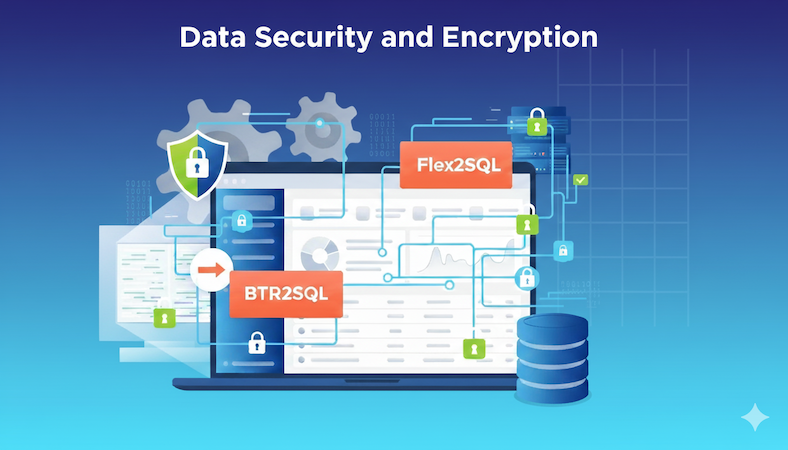
The most common reason for Enterprises looking to migrate from legacy Btrieve or DataFlex databases is the urgent need to address security and...
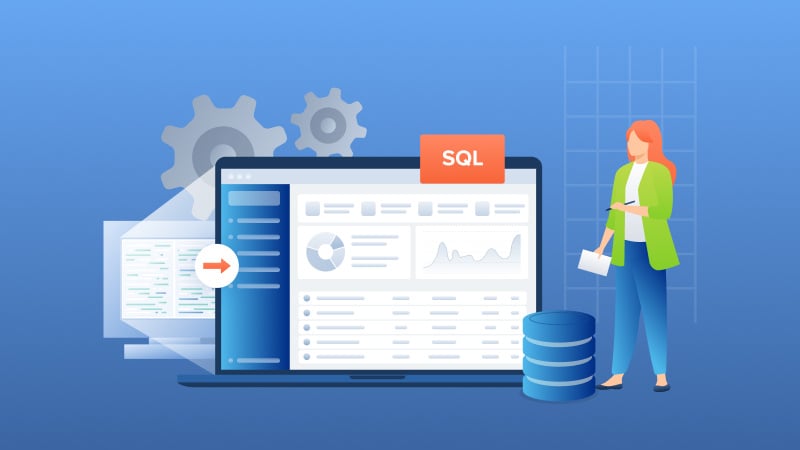
Introduction Many independent software vendors (ISV) and corporate users still rely on applications that use a category of database collective called...
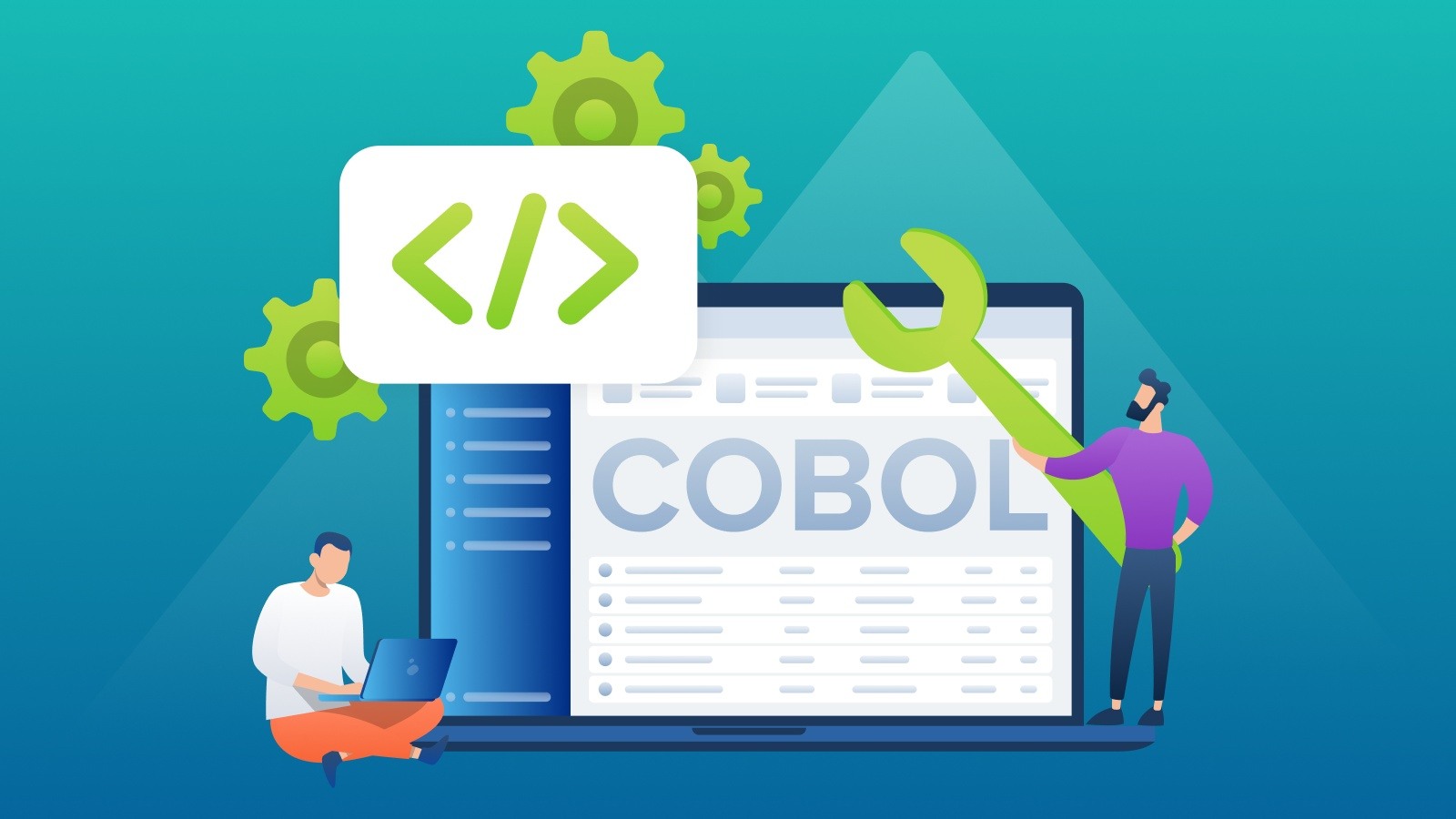
COBOL applications are the foundation of numerous essential business functions, especially within the banking, insurance, and government sectors....